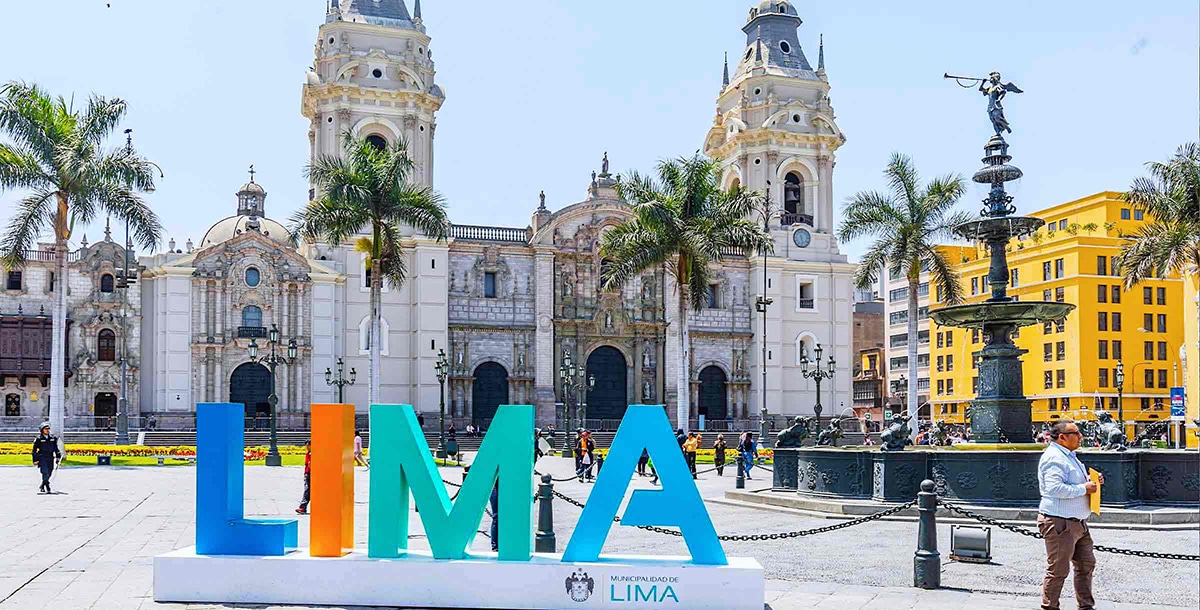
One of the most interesting capitals to visit in South America is Lima, capital of Peru. It is the commercial and industrial heart of the country since colonial times. It is close to the Pacific Ocean and is an exquisite combination of history and culture.
Lima is usually the gateway to the country and it is advisable to stay a couple of days to visit it. Then yes, we can face Cusco, Machu Pichu, Nazca and the rest of its beauties, so we see today what to see in Lima.
Lima
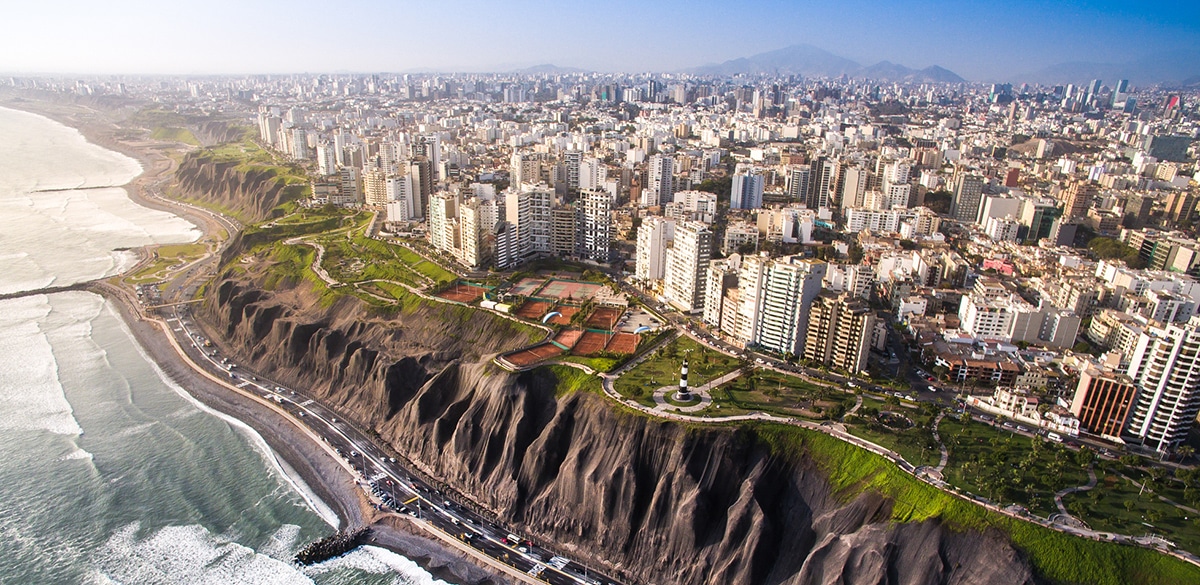
The city it is south of the coast of the Rímac river and only 13 kilometers from the ocean, specifically from the Port of Callao. In fact the name Lima derives from Quechua Rimac. For many the city is a kind of oasis between the Pacific coast and the Andes.
Lima is large and populous and the center and metropolitan area is known as El Pulpo. Here a quarter of the total population of the country is concentrated and due to the proximity of the port, the city has become the key to Peru's contact with the rest of the world. But like any huge city it's boisterous, dirty and they say sometimes a bit depressing.

The present city extends beyond the original place of the Spanish city. The conquerors settled on a kind of conical terrain that is formed in the rapid descent of the Rímac from the Andes, but today the city expands beyond it, towards the hills and valleys around it. Anyway, there and here, that type of terrain, subject to coastal erosion, earthquakes and landslides on cliffs is still threatening.
Lima's climate is tropical, although the Pacific coast and its currents keep the temperature warm all year round. In winter it can be between 16 and 18 ºC and in summer from 21 to 27ºC. The coastal air masses produce a lot of clouds thick and heavy in winter and a constant drizzle or drizzle, so we can say that in general the city it is cool and humid in winter and hot and humid in summer.
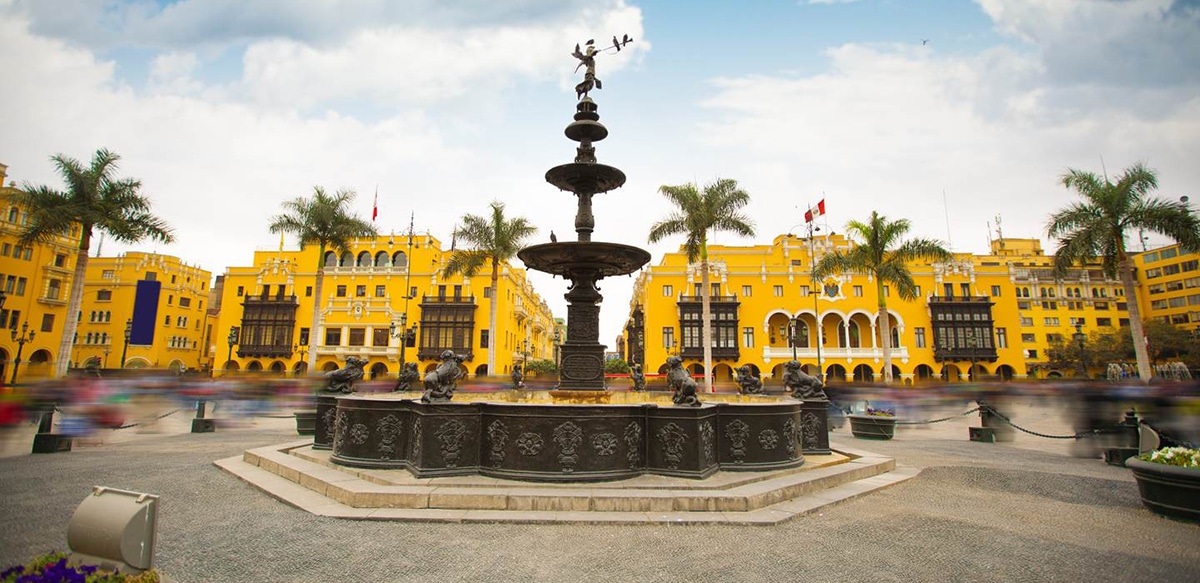
Lima it has many neighborhoods, although the heart is the Old Lima which was drawn up by the Spanish in the XNUMXth century, partly enclosed within the XNUMXth century walls. It is surrounded in the north by the river and in the east, south and west by avenues. This is where the colonial buildings more important like the Cathedral, the Archbishop's Palace or the Torre Tagle Palace, plus other buildings from the XNUMXth and XNUMXth centuries that rose on old colonial buildings that collapsed in earthquakes.
Unfortunately the walls were demolished in the XNUMXth century although in a certain way the two main squares are still focal points. Is the Plaza de Armas and Plaza Bolívar. Luckily today there is another concept of conservatism and the older houses, with their typical wooden balconies, are cared for and preserved.
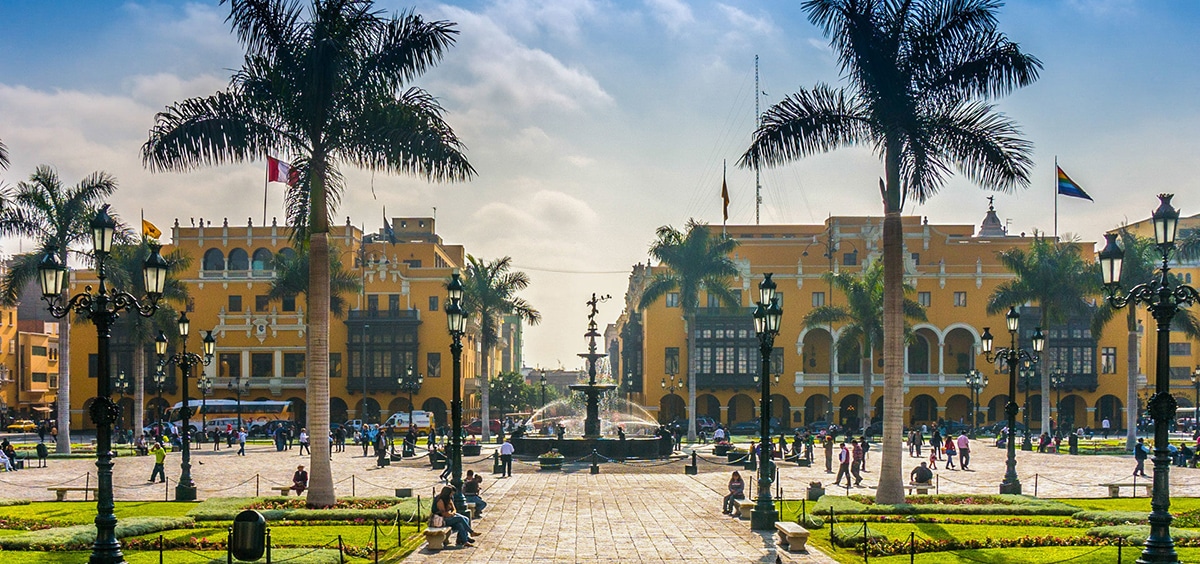
What can we see in the old district of Lima? North of the river is the colonial suburb Rímac with old houses, narrow streets and the charming Alameda de los Descalzos. The historic center is World Heritage and With its buildings, mansions with colonial and republican balconies and churches, it is a window to the past through which the present also slips away. It is a mandatory walking tour.
In the historic center there is also the Barrio chino, always fun, the Jirón de la Unión street, you can see the changing of the guard at the Government Palace... The Cathedral It is also here, in the Plaza Mayor. Its construction began in 1535 and ended in 1649 and is dedicated to Saint John the Apostle. It has 14 chapels, a facade with three huge doors and has survived several earthquakes. Inside is, among other tombs, that of Francisco Pizarro.
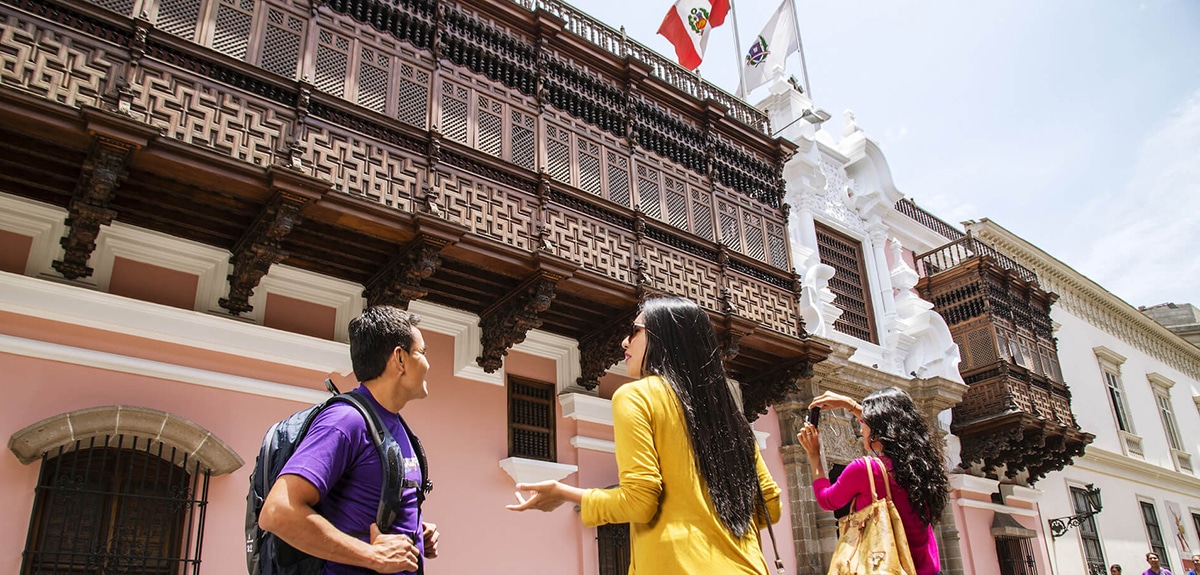
It must also be said that Lima has the highest concentration of museums in the country, so it points out: the National Museum of Archeology, Anthropology and History, the Museum of Natural History, Museum of the Nation and the Gold Museum. He Larco Museum It is a private museum dedicated to pre-Columbian art that works in a very elegant XNUMXth century house built in turn, if not, on an ancient pyramid. If you like fashion photography there is also the Mario Testino Museum or MATE, dedicated to this famous Peruvian fashion photographer.
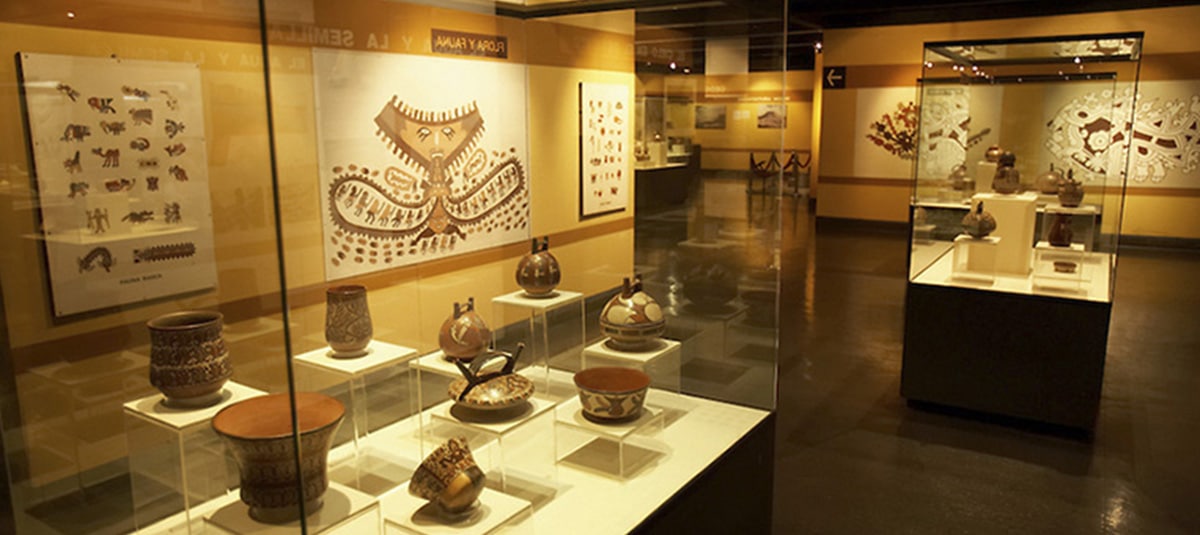
The most residential area of the city is the center, but It has undergone many transformations since the 30s of the XNUMXth century. Many of the huge mansions were subdivided to accommodate more families, at a rate of 50 per mansion and many of the interior corralons were occupied by immigrants from the countryside and today are very poor areas with poor sanitary conditions.
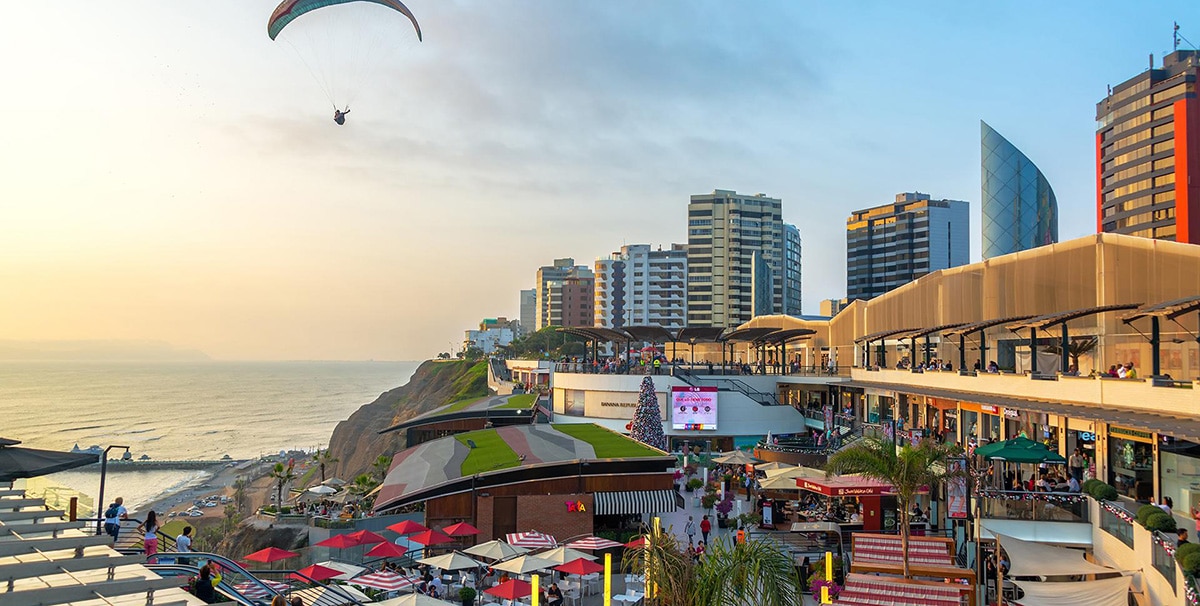
Other parts of the city have also changed and the old houses have been converted into offices, banks and government headquarters. For a long time the Peruvian capital did not grow beyond the walls, but later, when the train and trams appeared, it began to expand in earnest.
The area to the west of the port of Callao became an industrial area, the bay to the south from Barranco to Magdalena became a residential area and the area to the east, beyond Vitarte, into a suburb mixed between industry and lower class.
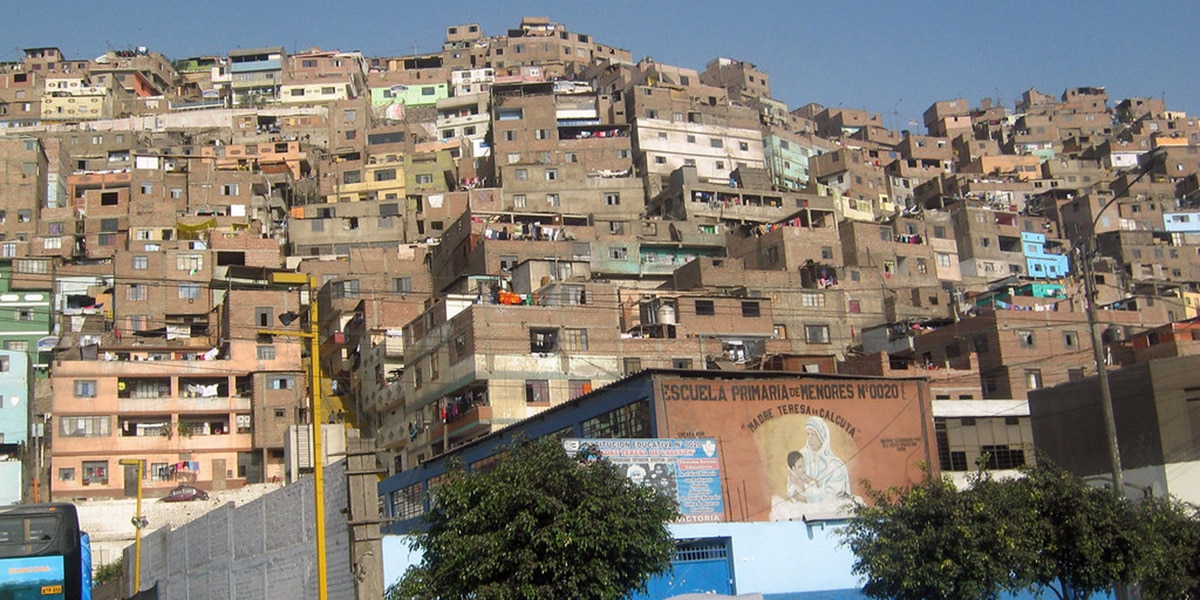
Throughout the XNUMXth century the small communities between Lima and the coast began to unite and thus the suburbs of La Victoria, Lince, San Isidro or Breña. Farms turned into neighborhoods slums, and thus we have the metropolitan population of the capital with luxurious and elegant areas and other very poor.
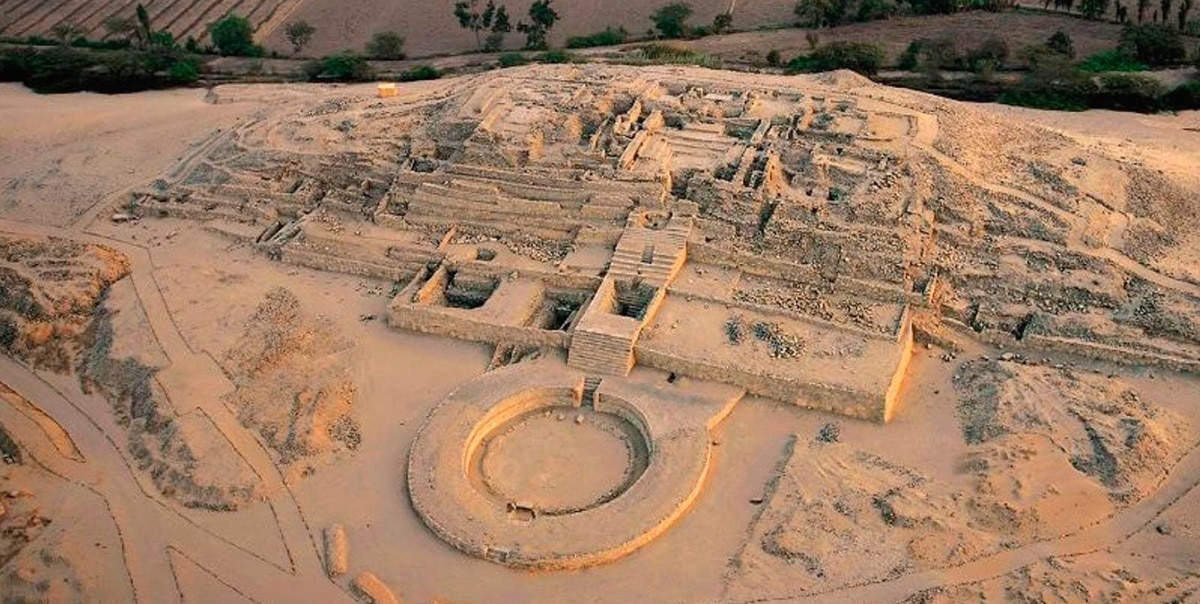
What else can we do in Lima? In addition to stroll through its historic center y know its museums CAN do some excursions. Three and a half hours from Lima is Caral, the origin of the Andean culture.
More than 5 years ago there was a culture as important as that of Egypt or Mesopotamia. Caral is a sacred city located in the middle of the Supe Valley, fertile lands near the sea. There were pyramids, circular squares, and brick buildings.
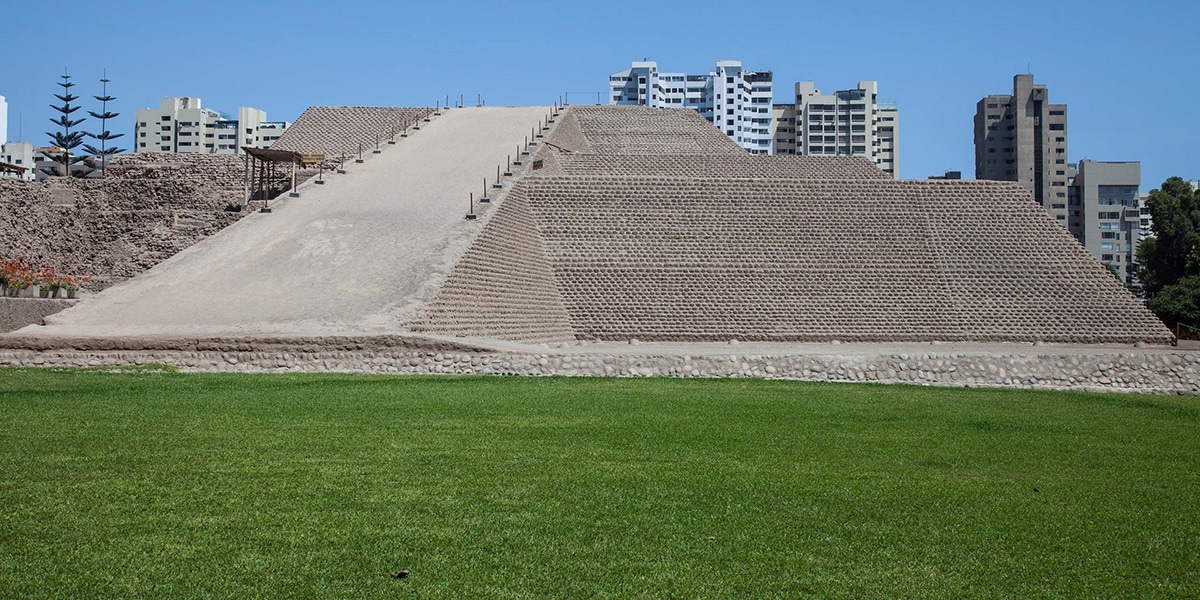
Caral is open Monday through Thursday from 9 am to 4 pm and Friday through Sunday from 9 am to 6 pm. We can also get to know Huaca Pucllana and Huaca Huallamarca, truncated neighborhood pyramids that have remained among other structures. They are known as huacas and they are in the heart of the neighborhoods of Miraflores and San Isidro. These ceremonial huacas represent the ancient Lima culture prior to the arrival of the conquerors.
Once here one can walk, eat or visit the Indian Market and buy handicrafts. The place is open every day except Tuesday from 9 am to 5 pm and from 7 to 10 pm. Then there is also trekking routes and walks, the neighborhood of Miraflores It is very picturesque, and if you like the beach and its sports, the coast is great for surfing, cycling or paragliding.